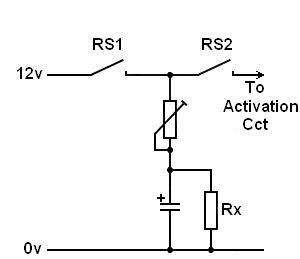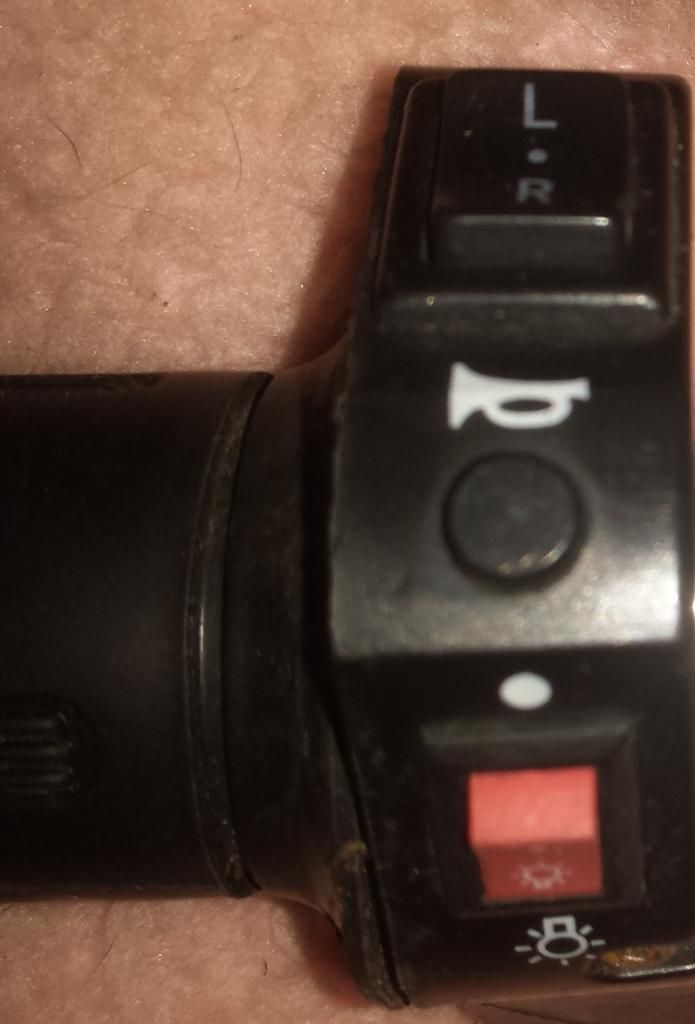Hi all,
some of you may recognise me, as KarlG, from forums other. I'm an expat living in Ottobrunn about 11 klicks from the heart of Munich.
I'm an expat living in Ottobrunn about 11 klicks from the heart of Munich.
I own four C5s from tatty to brand new unused, plus one that was relegated to scrap for spare parts.
Hope to have a bit of fun with you all, but will have to remain on this side of the ditch. :-({|=
In the mean time, av phun.
Cheers. Karl
some of you may recognise me, as KarlG, from forums other.
I own four C5s from tatty to brand new unused, plus one that was relegated to scrap for spare parts.
Hope to have a bit of fun with you all, but will have to remain on this side of the ditch. :-({|=
In the mean time, av phun.
Cheers. Karl
posted on: 03/11/2014 23:07:08





